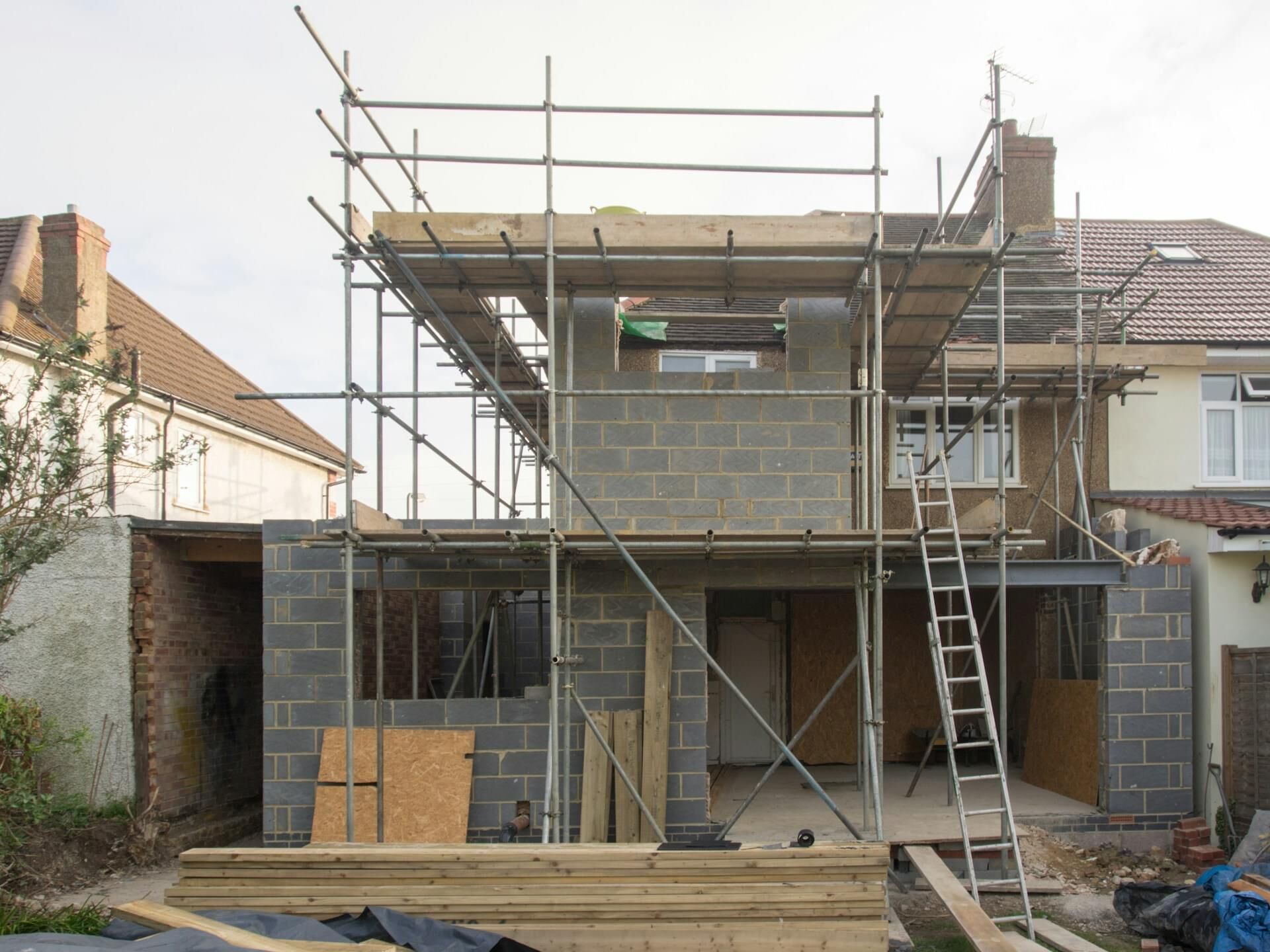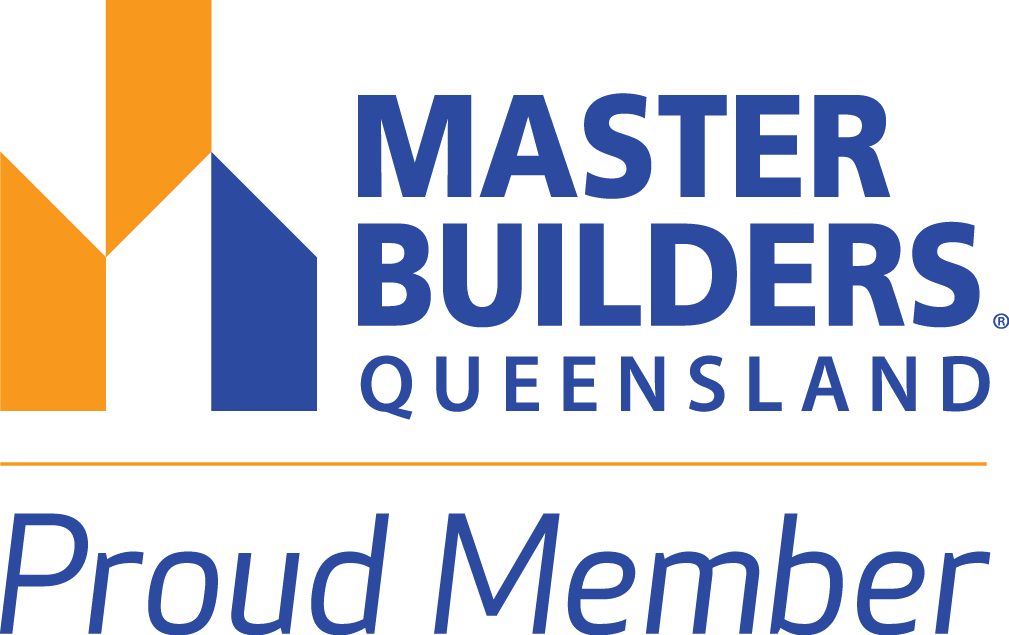Our Blog

Understanding the House Raising Process Step-by-Step
House raising is an exciting venture that transforms your home by lifting it to new heights, literally and figuratively. This process can create additional space for growing families or improve flood protection, enhancing both functionality and safety. However, understanding the full scope of the project is crucial to ensure a successful outcome.
Embarking on a house raising project involves careful planning and coordination with professionals. It starts with thoughtful design considerations and securing all necessary permits, ensuring compliance with local regulations in Coorparoo and the surrounding areas. Each step requires attention to detail and a grasp of both structural integrity and aesthetic appeal.
With a good grasp of the house raising process, homeowners can look forward to a smoother journey that brings their vision to life. By understanding each stage, from initial planning to final adjustments, you ensure that your home not only meets your current needs but also stands prepared for future challenges. This guide will take you through the entire process, offering insights and practical advice every step of the way.
Initial Planning and Design Considerations
Collaborating with Architects and Engineers
At the start of any house raising project, effective collaboration with architects and engineers is vital. These professionals bring valuable expertise to the table, helping to design a feasibility plan that aligns with your vision while ensuring structural integrity. Together, you can explore various design options that utilise space efficiently and meet aesthetic preferences.
Architects can contribute creative solutions to maximise the new living area, making suggestions for how to best arrange rooms, accommodate natural light, and integrate new materials. Engineers, on the other hand, focus on the technical side, ensuring that the proposed structure can safely withstand the raising process. By fostering a strong partnership with these experts, you lay a solid foundation for the project’s success.
Planning for New Space and Layout
Once you've started collaborating with architects and engineers, it's time to focus on how you want to use your newly acquired space. This involves more than just deciding on extra rooms; you must consider how each space will serve your needs. Whether you're adding bedrooms, a home office, or additional living areas, each decision impacts the overall layout and flow.
Consider how the new layout will integrate with the existing structure. Think about access and circulation, ensuring ease of movement throughout the home. Discuss potential extensions and renovations, as expanding vertically provides a chance to increase square footage without encroaching on precious land. Planning early on prevents costly changes later and helps create a cohesive design that meets both present and future needs.
Preparing the Site and Securing Permits
Conducting Soil and Foundation Assessments
Before any physical work begins, conducting thorough soil and foundation assessments is crucial. The stability of the soil will affect how safely your home can be raised and supported. Geotechnical experts evaluate the type of soil present, its capacity to bear loads, and any potential risks like erosion or instability. These assessments determine the methods and materials needed to strengthen the foundation both during and after the house is raised.
Moreover, understanding soil conditions helps in planning drainage solutions, which are essential for maintaining the integrity of the new foundation. Addressing any soil or foundation issues early allows for adjustments in design and method, ensuring the house raising proceeds smoothly and safely.
Understanding Local Permits and Regulations
Securing the necessary permits and understanding local regulations form an integral part of the house raising process. Coorparoo and its surrounding areas have specific building codes that you must comply with. These regulations cover aspects such as zoning laws, height restrictions, and environmental considerations. Familiarise yourself with these rules to avoid legal complications that could hinder your project.
Start by consulting with local council and building authorities to identify all permits required for your area. Submit detailed plans and assessments as part of your application to showcase adherence to regulations. By addressing permits early in your project timeline, you minimise delays and ensure a lawful and approved house raising. This preparation sets the stage for the seamless execution of your vision.
Executing the House Raising Process
Utilising Hydraulic Lifting Equipment
The heart of the house raising process is the actual lifting of the structure. Professional builders use hydraulic lifting equipment to elevate the house steadily and safely. This sophisticated machinery distributes the weight evenly across multiple points, minimising stress and reducing the risk of damage to the structure.
During this stage, precision is crucial. The lifting process is carefully planned and executed, with continuous monitoring to adjust any minor shifts. Skilled operators ensure that the entire house rises uniformly, maintaining balance from start to finish. Clear communication among the team members is vital to address any unexpected challenges and to keep the lifting process smooth and efficient.
Ensuring Structural Safety During the Lift
Safety is of paramount importance during the lifting phase. Before the lift begins, experts reinforce weak points in the structure to prevent any damage. As the lift starts, they continuously check for signs of stress or strain on the materials. This stage involves close coordination with engineers who understand the structure's limits and manage any risks that arise.
Temporary supports, known as cribbing, are utilised to hold the house in its elevated position once it is lifted. These supports are crucial for maintaining stability and safety as work progresses on the new foundation. Ensuring structural safety during the lift not only protects the house but also safeguards the workers involved in the process.
Post-Raising Adjustments and Renovations
Reinforcing the New Foundation
Once the house is securely elevated, focus shifts to establishing a strong and lasting new foundation. Builders construct a reinforced base tailored to the newly designed height and layout. This involves using durable materials that can withstand both the weight of the house and environmental factors such as flooding or ground movement.
Reinforcing the foundation includes integrating proper drainage solutions to manage water flow and prevent future damage. The new foundation must adhere to local building codes and standards, ensuring your home’s long-term safety and stability. Proper reinforcement forms a critical part of the overall success of the house raising project, setting a resilient framework for your home.
Integrating New Features and Utilities
With the new foundation in place, you can begin to look at how best to incorporate desired features and utilities. This stage allows for significant customisation, whether you're adding modern amenities, expanding living spaces, or enhancing energy efficiency with smart systems.
Consider the layout of plumbing, electrical, and heating systems, ensuring they fit seamlessly with your renovation plans. Updating these systems not only enhances comfort but can also improve the property's value. Thoughtful integration of features and utilities elevates the functionality of your home, aligning it with contemporary living standards.
Bringing Your Vision to Life
Understanding the house raising process paves the way for a successful and satisfying project. From the initial designs to post-raising adjustments, each phase presents an opportunity to tailor your home to suit your lifestyle and aspirations. Proper planning and execution ensure that your home stands strong and meets your family's needs for years to come.
Whether you're looking to raise your home for additional space, to cope with flood risks, or to expand upwards with a new vision, each step contributes to creating a home that reflects your unique taste and requirements. The result is a safe, functional, and beautiful space where your family can thrive.
If you're inspired to raise and renovate your home, reach out to Urban Scene Construction for expert guidance and services tailored to your needs. With our experience in house raising and renovations, we can help bring your dream home to life, ensuring every detail aligns with your vision. Let's make your house raising project a seamless and successful journey.
Contact
ABN and Builders Licence
ABN: 94 115 015 220
QBCC Lic No.1080019



